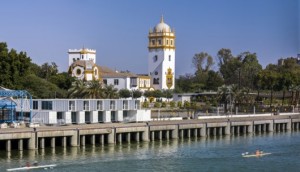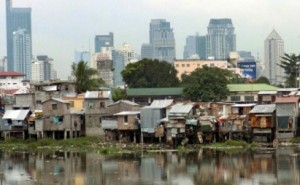Lyra Kilston – Good Design Is For Everyone: The Evolution Of Low-Income Housing In L.A.
kcet.org. April 2014. The phrases “public housing” or “low-income housing” do not generally conjure thoughts of architectural innovation. Instead, one may envision rows of faded pastel cubes surrounded by dead lawns and tall fences, or looming concrete towers gridded with small windows. Both schemes are typically weighted with a grim institutional air, appear to have been built as cheaply as possible, and often address only one problem, shelter, amid many others.
But it doesn’t have to be that way, as several recent housing developments in Los Angeles prove. Instead, they pose the question: What if low-income housing was perceived as leading the vanguard of innovative, responsive architecture?
Take the recently completed Star Apartments, located in the heart of downtown’s Skid Row. Commissioned by Skid Row Housing Trust, and designed by renowned L.A. architect Michael Maltzan, it provides permanent housing and social services to the formerly homeless. Star Apartments is also breathtaking architecture, consisting of a staggered row of four-story white blocks hovering over the existing ground level. Between these two levels is a large terrace, providing communal outdoor space away from the street. To save on cost and construction time, the 102 housing units within the blocks were prefabricated and lifted by crane on top of each other like blocks. Maltzan states that it’s the first multi-unit housing to use this method since the mid-20th century, a time when prefabrication was celebrated as a modern, mechanized solution to the housing problem.
Read more: http://www.kcet.org/public-low-income-housing-history.html



